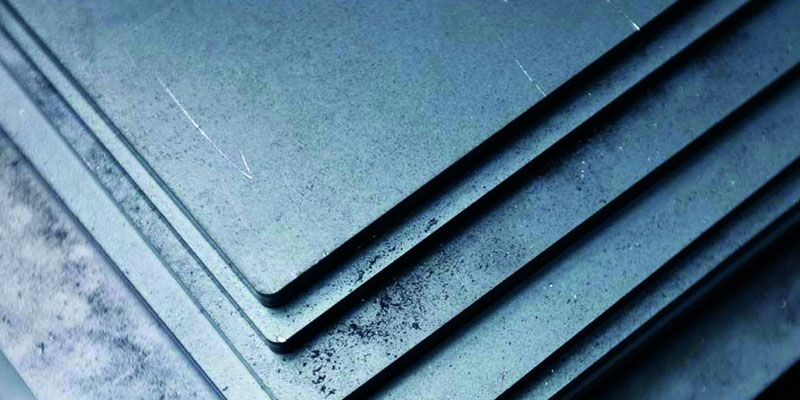| Element | Content(%) |
|---|---|
| Iron , Fe | 99.06-99.51 |
| Manganese, Mn | 0.30-0.60 |
| Carbon, C | 0.19-0.25 |
| Sulfur, S | ≤ 0.050 |
| Phosphorous, P | ≤ 0.040 |
| Properties | Metric | Imperial |
|---|---|---|
| Tensile strength | 425 MPa | 61600 psi |
| Yield strength (depending on temper) | 360 MPa | 52200 psi |
| Elastic modulus | 190-210 GPa | 27557-30458 ksi |
| Bulk modulus (typical for steel) | 140 GPa | 20300 ksi |
| Shear modulus (typical for steel) | 80.0 GPa | 11600 ksi |
| Poisson’s ratio | 0.27-0.30 | 0.27-0.30 |
| Elongation at break (in 50 mm) | 15% | 15% |
| Reduction of area | 40% | 40% |
| Hardness, Brinell | 121 | 121 |
| Hardness, Knoop (converted from Brinell hardness) | 140 | 140 |
| Hardness, Rockwell B (converted from Brinell hardness) | 68 | 68 |
| Hardness, Vickers (converted from Brinell hardness) | 126 | 126 |
| Machinability | 65 | 65 |
Sheets / Plates
| Production Route | Hot Rolled, Cold Rolled |
| Material Standard | AISI, ASTM, ASME, DIN, BS, EN, ISO, JIS, GOST, SAE, IS & Custom Chemistry |
| Size | Width from 100mm to 3000mm ; Length from 500mm to 12000mm |
| Thickness | 0.1mm to 400mm |
| Delivery Condition | As Rolled, Annealed, Quenched and Tempered, Normalized |
| Surface Finish | Plain, Brushed, Cladded |
